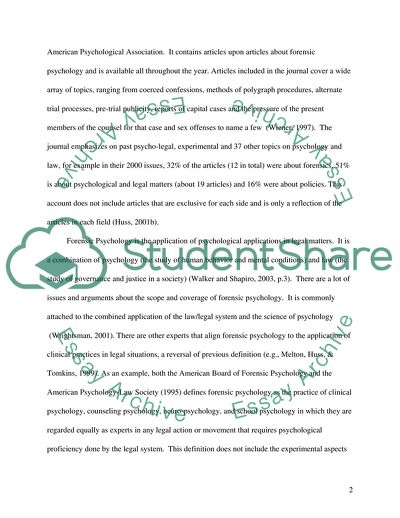Cite this document
(What Is Forensic Psychology, History, Relationship between Psychology Coursework, n.d.)
What Is Forensic Psychology, History, Relationship between Psychology Coursework. https://studentshare.org/psychology/1703823-reasearchtopic
What Is Forensic Psychology, History, Relationship between Psychology Coursework. https://studentshare.org/psychology/1703823-reasearchtopic
(What Is Forensic Psychology, History, Relationship Between Psychology Coursework)
What Is Forensic Psychology, History, Relationship Between Psychology Coursework. https://studentshare.org/psychology/1703823-reasearchtopic.
What Is Forensic Psychology, History, Relationship Between Psychology Coursework. https://studentshare.org/psychology/1703823-reasearchtopic.
“What Is Forensic Psychology, History, Relationship Between Psychology Coursework”. https://studentshare.org/psychology/1703823-reasearchtopic.


